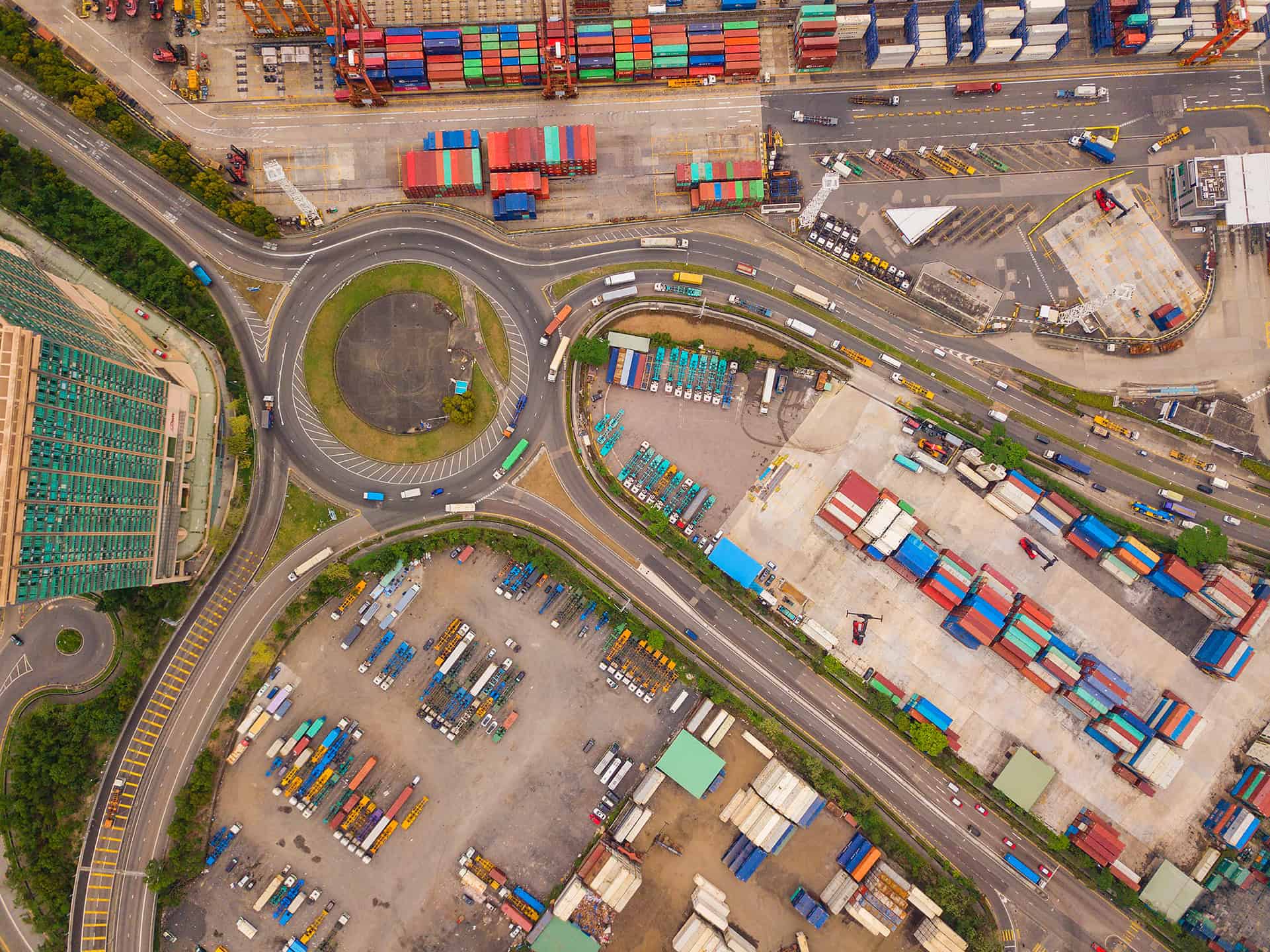
The number and impact of supply chain disruptions continue to rise every year. In 2021, 432 extreme weather events caused more than $252 billion in economic damages in the United States alone, and the blockage of the Suez Canal held up $9 billion worth of cargo daily. Today, geopolitical risk is emerging as one of the most significant threats to global trade.
China-Taiwan tensions: A growing risk for global supply chains
Tensions between China and Taiwan have escalated sharply in 2025. Taiwan remains the world’s semiconductor hub, producing over 60% of global semiconductors and more than 90% of advanced chips—components critical for everything from smartphones and electric vehicles to artificial intelligence systems. Any disruption in Taiwan’s chip production would ripple across industries worldwide.
Recent reports warn that a full-scale conflict or blockade in the Taiwan Strait could wipe out up to 10% of global GDP, a shock comparable to the 2008 financial crisis. Even a limited blockade could cost the global economy $2.7 trillion in the first year alone. Beyond military action, experts highlight China’s “gray-zone” tactics—such as energy coercion—that could cripple Taiwan’s power grid and halt semiconductor manufacturing without firing a shot.
The Taiwan Strait is also a vital shipping corridor, handling over 20% of global seaborne trade. A disruption here would severely impact maritime routes between Asia, Europe, and the Americas, adding billions in rerouting costs and delays.
Why proactive risk mitigation matters
Reacting quickly to a disruption is not enough. Companies need to embed resilience into their supply chain strategy long before a crisis occurs. Risk dashboards and alerts are helpful, but they should complement a broader resilience framework that includes network design, sourcing diversification, and collaborative planning.
Gartner’s concept of disruption shaping emphasizes reducing the surface area of your supply chain—simplifying processes, optimizing supplier networks, and minimizing unnecessary movements—to lower exposure to risk events.
Four strategies to build resiliency and mitigate risk and disruption
A resilient supply chain recovers quickly from unexpected events. It requires visibility, impact assessment, agile problem-solving, and strong partnerships. Here are four proven strategies:
1. Diversify your supply base
Multiple suppliers across different regions reduce exposure to single-point failures. However, industries like semiconductors face concentration risks—building a new fabrication plant can cost $12 billion and take years. This makes diversification challenging but essential for other components and raw materials.
2. Collaborate with supply chain partners
If diversification isn’t feasible, strengthen relationships through long-term contracts, risk-sharing agreements, and collaborative forecasting. During the pandemic-induced chip shortage, many companies secured supply by committing to higher volumes and longer terms.
3. Shape demand through price and options
Demand management strategies—such as advanced commitment discounts or price postponement—help balance uncertain demand against constrained supply. These tactics can maintain profitability while smoothing demand peaks.
4. Design and build products with flexibility in mind
Adopt platform design and postponement strategies to reduce complexity and enable rapid adjustments when supply constraints occur. Flexible design principles combined with dynamic pricing can significantly improve resilience.
Conclusion: Prepare for the unexpected
Major events—from the Russo-Ukrainian War to pandemic disruptions—have exposed the fragility of global supply chains. The potential for conflict in the Taiwan Strait underscores the need for proactive risk management. You can’t predict every disruption, but you can build agility and resilience into your supply chain to anticipate, mitigate, and recover quickly.
How can e2open help your business?
E2open’s multi-enterprise network and unified applications provide real-time visibility and collaboration tools to execute risk mitigation strategies effectively. With e2open, you can connect with partners, monitor global events, and respond faster to disruptions.
Download the white paper: Escalating Tensions in the Taiwan Strait for a deeper dive into Taiwan’s semiconductor dominance and actionable strategies for resilience.




